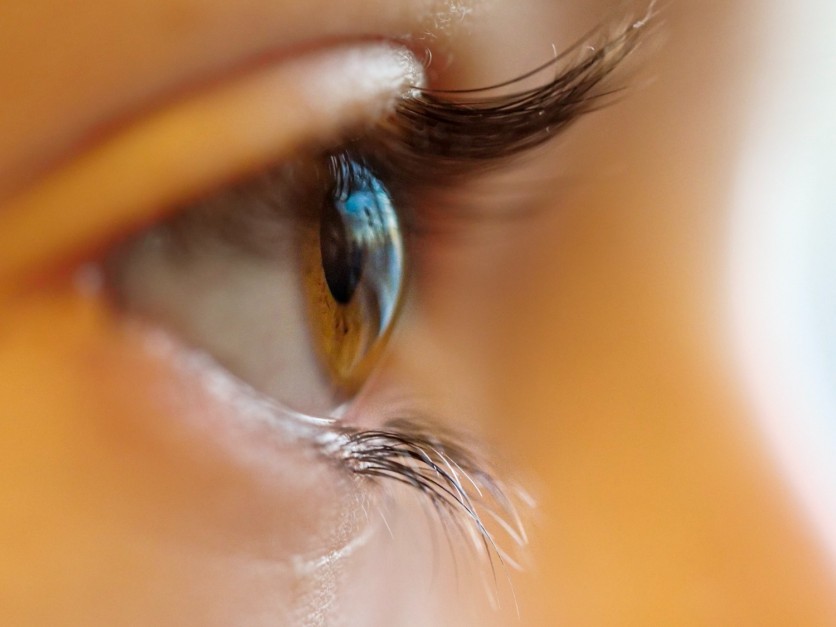A new milestone in Augmented Reality (AR) is here in the form of a contact lens, the Mojo Lens. The research took place at Mojo Vision in Saratoga, California.

Mojo Vision was able to put a high-resolution display on a transparent lens that communicates wireless with external devices and is fully powered without a physical tether of any kind, as reported by Venture Beat. It also has impressive display technology, with a 14,000 pixel-per-inch microLED display with a pixel pitch of 1.8 microns.
With that, it has display hardware of about 30 times the pixel density of a new iPhone. Moreover, it comes with ARM processor with a 5GHz radio transmitter with a gyroscope, accelerometer, and magnetometer that can help track eye movements. All of these things happen while the lenses sit on the eyes. It comes with medical-grade micro batteries that allow for all-day wear.
Years of Development
The Mojo Lens was developed for more than six years, according to Vaughan Today. The challenge was miniaturizing all the electronics on board, and this is done by creating new components with an adapted user interface.
Also Read: Mojo Vision Smart Contact Lens Vs. Apple AR Eye Specs: Mojo Boasts 14,000 Pixels Per Inch
The Goal
The goal for the Mojo Lens is to improve it through multiple phases of testing and clinical studies to assess its capabilities and provide software and application feedback.
This type of lens can change the lives of many people with visual impairments. Moreover, they can also let an athlete stay focused on their activity while accessing different offerings on display in their field of view.
The Future of AR
AR is changing the way people interact with their environment with the use of sensors and display technology. It allows an individual to interact with their surroundings while still maintaining awareness of their surroundings. Moreover, it is a trend that will be implemented itself into many other products and services.
With the Mojo Lens, it is the first commercially viable lens to be worn on the eyes. In the future, other companies will follow suit to develop similar technologies for both consumer and consumer applications.
AR is a future-forward field, but technology is only part of it. There needs to be a change in consumer perception. AR will be relevant in many industries, including medicine, education, construction and engineering, retail, and fashion. It will also be applied in the workplace. It is expected to be a part of future smartphones, computers, laptops, and other tech-related devices.
Companies need to develop a bond with their consumers, which can be done through various communication channels. Therefore, there is a need for companies to have a B2B strategy as well.
It won't be long before AR is a standard in many industries, and will be utilized in various fields such as construction, engineering, retail, and medicine. All of this, while keeping in mind that the technology is already here. All that remains to be done is to perfect and integrate it.
Related Article: Mojo Vision Brings New AR Contact Lenses Prototype to the Market-What Does It Do?
This article is owned by TechTimes
Written by April Fowell




